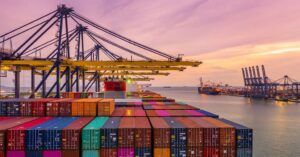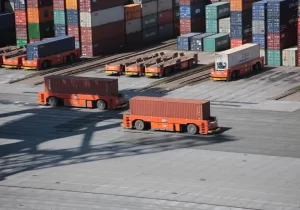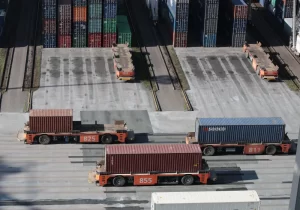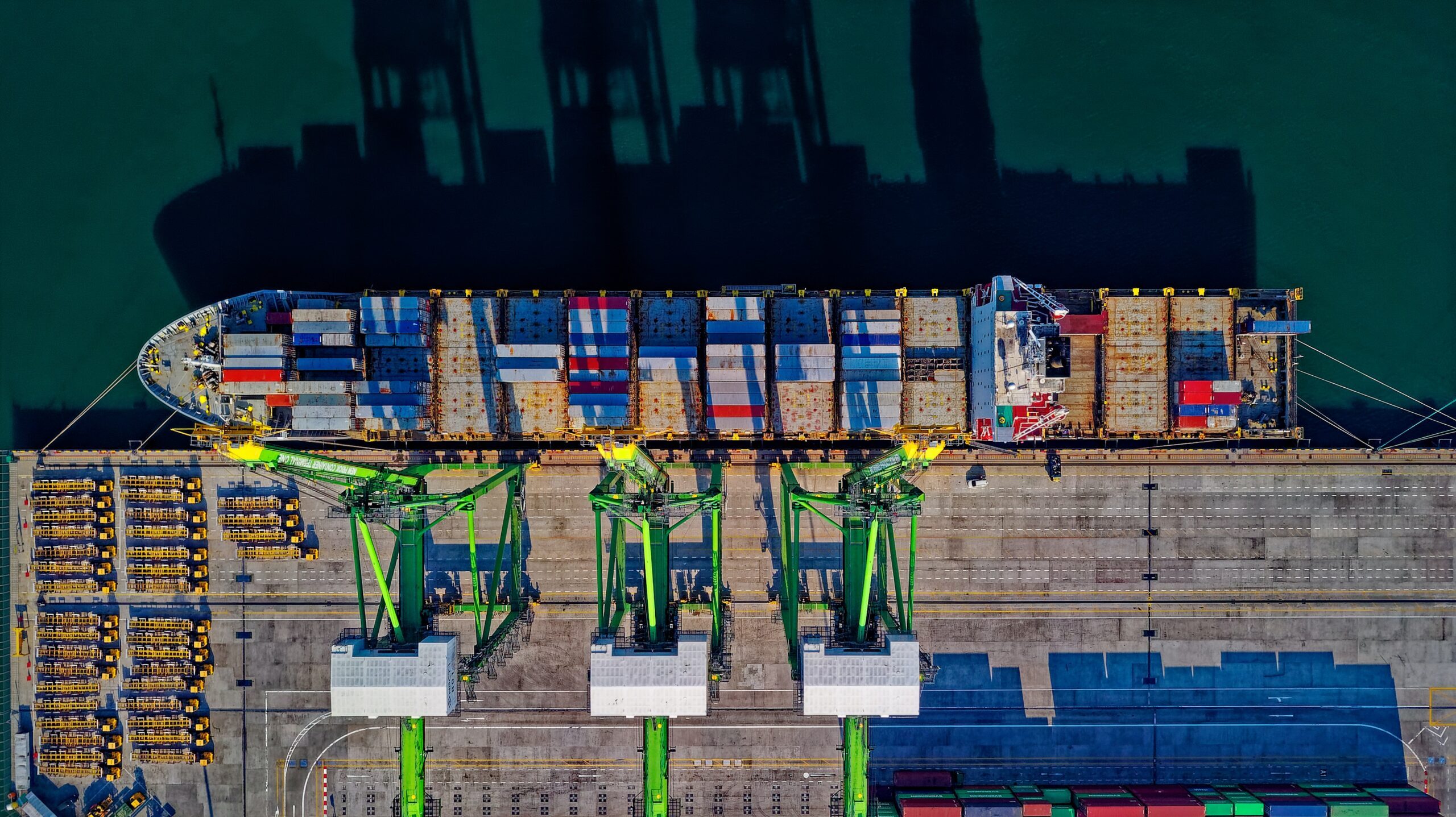- Road transport
- Seaway
- Airline
- Railway
International Transport Modes
International modes of transport refer to the different modes of transport used to move goods and services from one country to another. The most widely used international transport modes can be listed as follows:Road Transport
Road transport is the transportation of goods by trucks, trucks, buses and other vehicles. These vehicles are frequently used in cross-border transportation. Road transport may be the best option for express delivery, but may be more costly for long distances.Railway Transport
Rail transport is the transport of goods and services over railway lines. Rail transport is often preferred, especially for the transport of large loads.Seaway Transport
Seaway transport or maritime transport is the transport of goods and services by sea. Container ships, tankers and cargo ships are frequently used vehicles in maritime transport.
Airways Transporting
Air transport is the transport of goods and services by air. Cargo planes are frequently used vehicles for airline transportation.Pipelines
Pipelines are the transport of liquids and gases through pipes. Oil, natural gas and other liquid and gas products are transported through pipelines. These modes of transport offer different methods of transporting goods and services. Companies and logistics companies can use different modes of transportation according to their transportation needs and costs.What You Need to Know About International Transport
In international transport, some difficulties may be encountered, especially due to different regulations of different countries, customs procedures, taxes and language barriers. However, in order to work effectively in international transport, it may be necessary to work with specialists such as transport companies, logistics companies and customs brokers. In international shipping, many documents are required depending on the type of shipment. These may include invoices, shipping documents, insurance policies, customs declarations and other documents. In addition, customs clearance is also important in international transport, as import and export regulations of different countries must be followed. In international transportation, the most suitable mode of transportation is selected by considering factors such as the customer’s demands, the expertise of the shipping company, cost and transit time. For example, air transport can be fast but costly, while sea transport may be more economical but a slower option. As a result, international transport is a complex process and requires expertise, collaboration and careful planning to manage it successfully.International Transport Terms
The terms that should be known in detail are listed below, except for a few commonly known terms that come to mind first when international transportation terms are mentioned.Documents
In international transport, many documents are required. These include invoices, shipping documents, insurance policies, customs declarations, waybills and other documents. These documents must be prepared correctly and on time during the transport process.Customs Clearance
In international transport, some difficulties may be encountered due to customs clearance of different countries. Export and import processes should be carried out in accordance with the regulations of different countries. Customs brokers and logistics companies can assist their customers in this process.
Transit Times
In international transport, transit times are important. How long the shipment will take depends on the mode of transport, customs clearance and other factors.Insurance
In international transport, insurance policies can be purchased to secure the shipment. These policies protect against potential problems such as loss of property, damage or delays.Cost
In international shipping, transportation costs vary depending on the type of shipment, mode of transportation, delivery time and other factors. Logistics companies can offer their customers the most cost-effective transportation options.
Tracing
In international shipping, tracking of the shipment is important. Customers may want to track where the shipment is, when it will be delivered, and the status of the shipment. For this reason, transport companies offer their customers the possibility of shipment.Internationally Accepted Transport Methods
Internationally accepted transportation methods refer to the different methods used to transport goods and services. The most commonly used international shipping methods are:- FOB (Free on Board): The seller loads the goods on the ship and completes the customs clearance at the port. Transport, insurance, port charges and customs duties are the responsibility of the buyer.
- CIF (Cost, Insurance and Freight): The seller loads the goods on the ship and completes the customs clearance at the port. It also covers the costs of handling goods, insurance, port charges and customs duties.
- Ex-Works: The buyer receives the goods in the warehouse at the place of production and carries out all logistics operations himself.
- FCA (Free Carrier): The seller delivers the goods in the warehouse at the production site and completes the logistics processes. The buyer receives the goods at the delivery place specified by the transport company.
- DDP (Delivered Duty Paid): The seller bears the costs of transporting the goods, customs clearance, taxes, port charges and all other costs. When the goods are delivered to the buyer, the buyer only pays for the goods.




